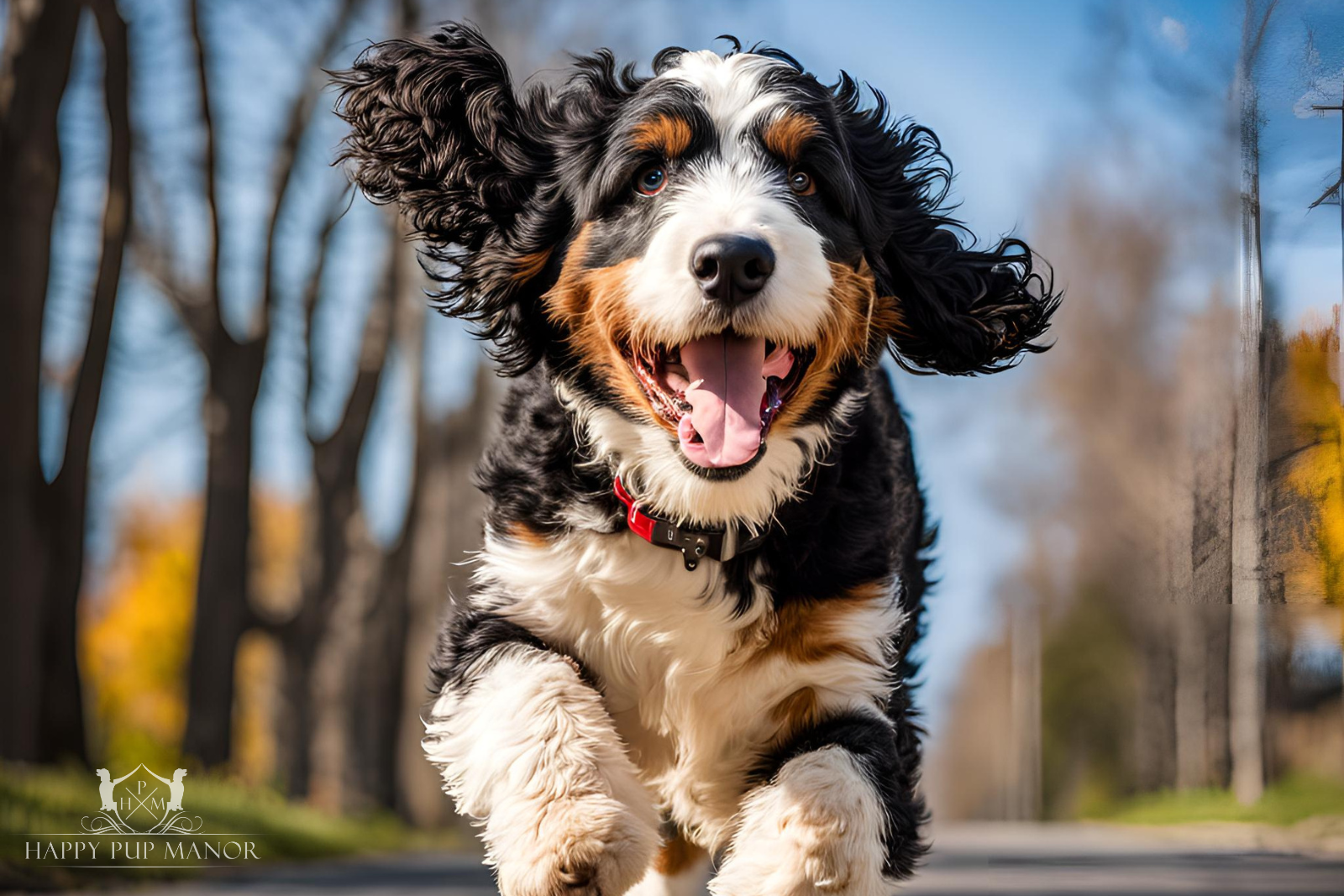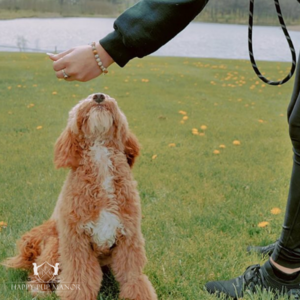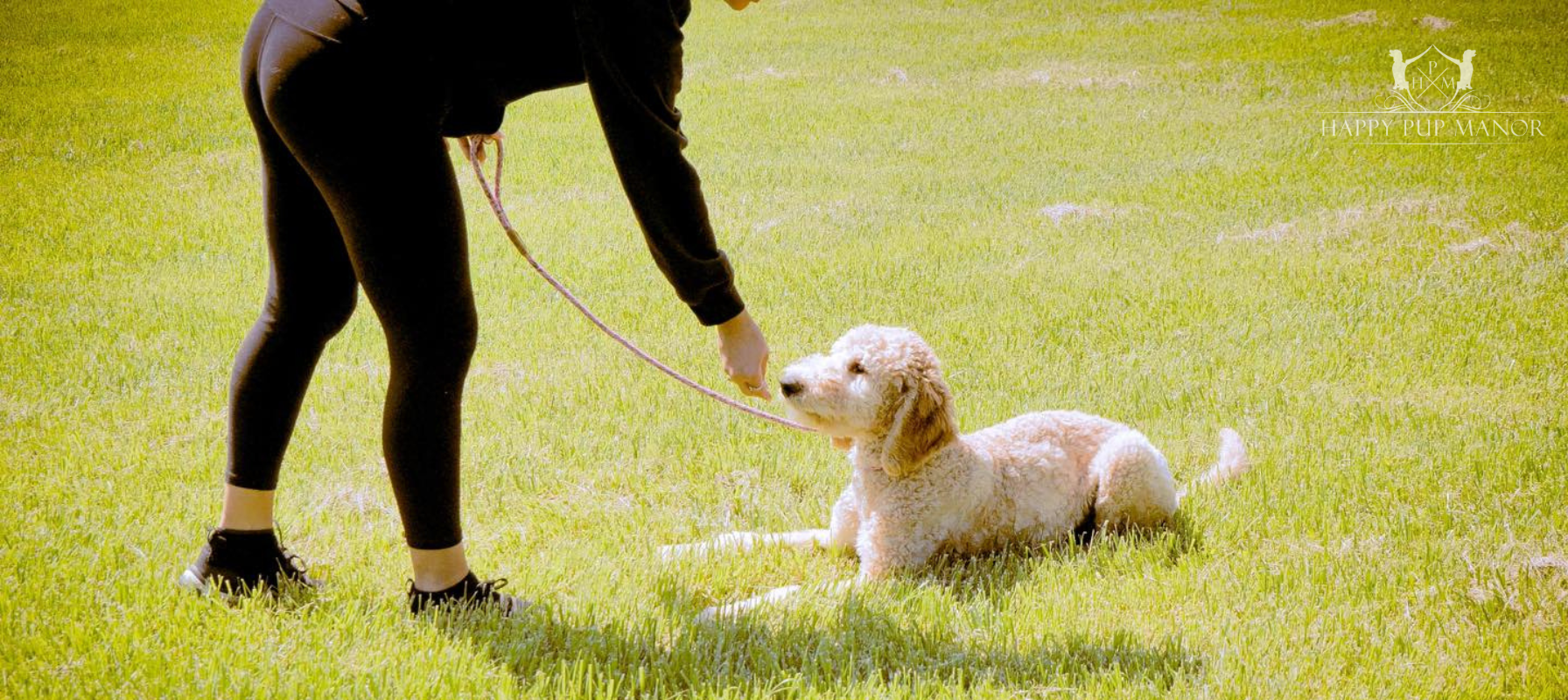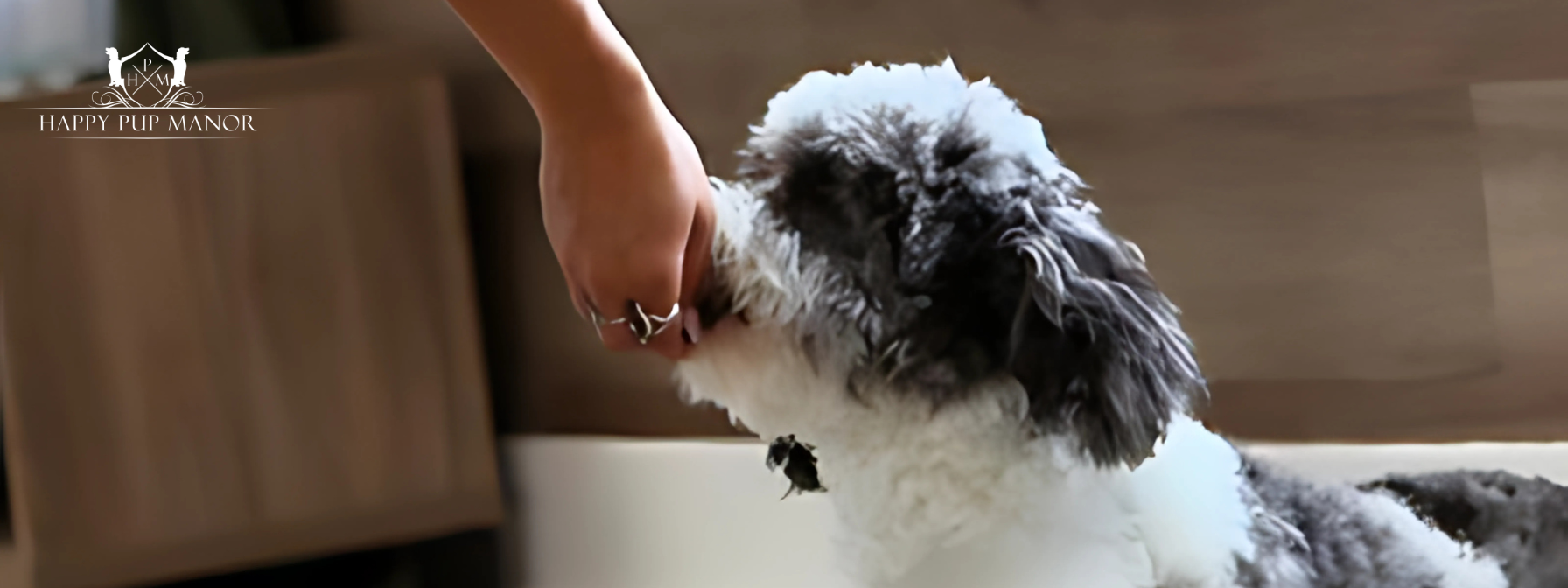Effective Techniques to Stop Dog Chasing

Effective Techniques to Stop Dog Chasing
For many dog owners, few behaviors are as nerve-wracking as a pup’s instinct to chase moving objects. Whether it’s cars, squirrels, or neighborhood cats, this drive can be dangerous and disruptive. Teaching your dog to stop chasing is a critical training step for their safety and your peace of mind. In this post, we’ll explore effective strategies on how to stop dog chasing while fostering your pup’s natural instincts in a safe, controlled manner.
Understanding Dog Chasing
Before diving into training techniques, it’s helpful to understand why dogs chase in the first place. Dog chasing is a natural behavior deeply rooted in a dog’s prey drive. Many breeds, particularly herding or hunting breeds, have a heightened impulse to pursue moving objects. This drive, when directed at cars or other animals, can become risky and is often challenging for owners to control. By acknowledging this instinct, we can better tailor our training approach to meet your dog’s specific needs.
1. Prioritize Basic Obedience Training
A strong foundation in basic commands, such as sit, stay, come, and leave it, is essential. If your dog reliably obeys these commands, you’ll have more control in high-stimulus situations. Here’s how each of these commands plays a role in preventing chasing:
 Sit: Teaches your dog patience and helps redirect their focus.
Sit: Teaches your dog patience and helps redirect their focus.
Stay: Reinforces calm behavior and helps your dog learn to stay put even when something exciting happens.
Come: An emergency command that can call your dog back before they begin chasing.
Leave It: A critical command to discourage impulsive behaviors like chasing.
Training Tip: Practice these commands daily in a calm environment before moving to outdoor settings. Reward your dog with treats, toys, or affection each time they obey to reinforce positive behavior.
Read: What is Obedience Training and Why Does it Matter?
2. Use a Leash to Prevent Chasing
Until your dog has completely mastered their impulse to chase, always keep them on a leash in areas with traffic, animals, or other potential distractions. A good leash provides essential physical control, helps stop dog chasing and making a dangerous dash toward a moving car or other animals.
3. Introduce Desensitization and Counterconditioning
Desensitization and counterconditioning involve gradually exposing your dog to their trigger—in this case, cars or animals—in a controlled setting to reduce their reactivity.
 Step 1: Start at a distance where your dog can see the trigger without reacting. For some dogs, this might be 50 feet away, while others might need to start even further back.
Step 1: Start at a distance where your dog can see the trigger without reacting. For some dogs, this might be 50 feet away, while others might need to start even further back.
Step 2: As your dog calmly observes the car or animal, reward them with a treat, praise, or a favorite toy. The goal is to create a positive association with the presence of the trigger.
Step 3: Gradually decrease the distance to the trigger over multiple sessions, rewarding calm behavior each time.
Step 4: Over time, this training will help reduce your dog’s urge to chase, as they’ll learn that calmness in the presence of triggers leads to positive outcomes.
Training Tip: Go slowly with this technique—rushing the process can be counterproductive. Some dogs may take weeks to fully respond, while others may need several months of consistent practice.
4. Practice Redirection Techniques
Redirection is an essential tool for managing your dog’s behavior in real-time. If your dog begins to fixate on a moving car or another animal, redirect their focus onto a more engaging activity or a rewarding command, such as watch me or come. Use treats, toys, or commands that your dog loves and has reliably responded to in the past.
Redirection is especially helpful because it encourages your dog to channel their excitement in a positive way. Over time, your dog will learn to look to you instead of acting impulsively, and you’ll have an easier time managing their reactivity.
Training Tip: Always carry a few treats or a toy that your dog finds especially rewarding when you’re out on walks. The moment you notice a potential chase trigger, use these rewards to draw your dog’s attention to you.
5. Practice Impulse Control Games
Impulse control games are fantastic for helping dogs learn patience and restraint. These games improve focus and encourage dogs to pause before reacting impulsively, which is critical in avoiding chases. Here are a few effective games to try:
 Wait for It: Place a treat on the ground and ask your dog to wait before allowing them to take it. Over time, this game teaches them that patience leads to rewards.
Wait for It: Place a treat on the ground and ask your dog to wait before allowing them to take it. Over time, this game teaches them that patience leads to rewards.
Find It: Hide treats around your home or yard and ask your dog to find them. This game stimulates your dog’s mind while reinforcing patience and focus.
Red Light, Green Light: Walk your dog, and when you say “red light,” stop moving and ask them to sit. When you say “green light,” begin walking again. This game helps with leash control and encourages focus on your commands.
Training Tip: Use these games regularly to help your dog learn patience and self-restraint, which will translate to better control when they encounter real-world distractions.
6. Invest Time in Physical and Mental Exercise
One key reason dogs develop chasing habits is insufficient exercise or mental stimulation. When dogs have pent-up energy, they’re more likely to engage in high-energy behaviors like chasing. Make sure to meet your dog’s physical and mental needs daily with activities such as:
Walks and Hikes: Regular walks (especially in stimulating environments) provide great physical exercise.
Interactive Toys: Puzzle toys or treat-dispensing toys keep your dog’s mind engaged.
Training Sessions: Practicing commands and tricks challenges your dog mentally and reinforces obedience.
A well-exercised and mentally stimulated dog is much less likely to chase out of sheer excitement or boredom.
7. Seek Professional Help if Needed
If your dog has a particularly strong chase drive or is highly reactive, consider consulting a professional dog trainer or behaviorist. A professional can assess your dog’s behavior, tailor a training plan, and offer personalized guidance to ensure effective progress. Trainers are especially useful if the chasing behavior has become ingrained and is challenging to manage on your own.
Happy Pup Manor is Here to Help!
Teaching how to stop dog chasing cars or animals is essential for your pup’s safety and your peace of mind. By taking a patient, consistent approach and reinforcing positive behaviors, you can help curb this instinct in a safe, effective way. Remember, every dog is unique, so adjust your training techniques to suit your pup’s specific needs and temperament.
 Enrolling your pup in training at Happy Pup Manor is a smart choice for tackling challenging behaviors like chasing. Our expert trainers understand that chasing cars or animals is an instinct for many pups, yet they have the experience and tools to transform this behavior in a safe, controlled way. At Happy Pup Manor, we use proven techniques, including positive reinforcement, desensitization, and impulse control exercises, tailored to each pup’s unique needs. With our supportive, immersive environment, pups not only receive structured training but also enjoy socialization and playtime, keeping them engaged and well-rounded. By entrusting your pup to our professional trainers, you’re setting them up for safer walks, better responsiveness, and a calmer, more focused demeanor that will enrich your relationship for years to come.
Enrolling your pup in training at Happy Pup Manor is a smart choice for tackling challenging behaviors like chasing. Our expert trainers understand that chasing cars or animals is an instinct for many pups, yet they have the experience and tools to transform this behavior in a safe, controlled way. At Happy Pup Manor, we use proven techniques, including positive reinforcement, desensitization, and impulse control exercises, tailored to each pup’s unique needs. With our supportive, immersive environment, pups not only receive structured training but also enjoy socialization and playtime, keeping them engaged and well-rounded. By entrusting your pup to our professional trainers, you’re setting them up for safer walks, better responsiveness, and a calmer, more focused demeanor that will enrich your relationship for years to come.
Read More: The Importance of Positive Reinforcement in Dog Training











